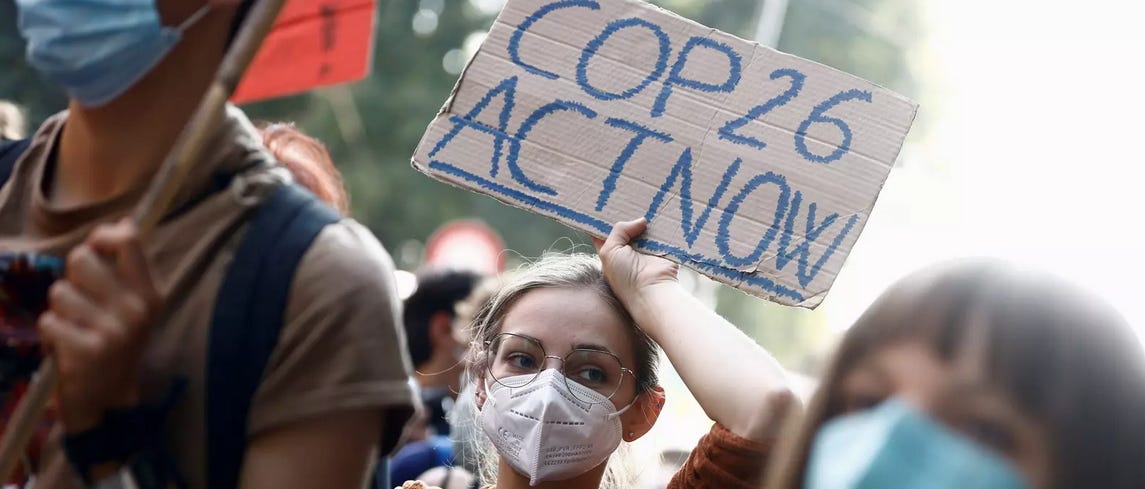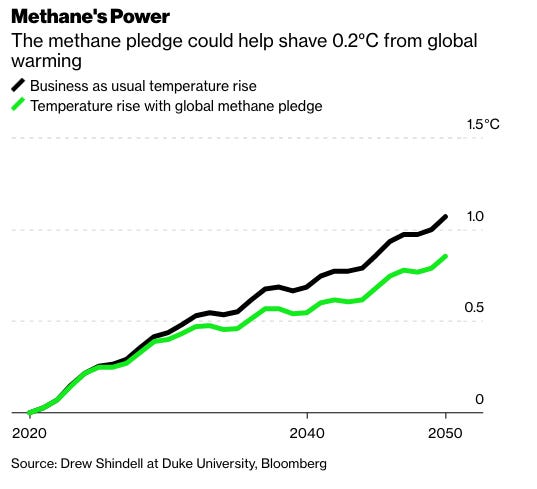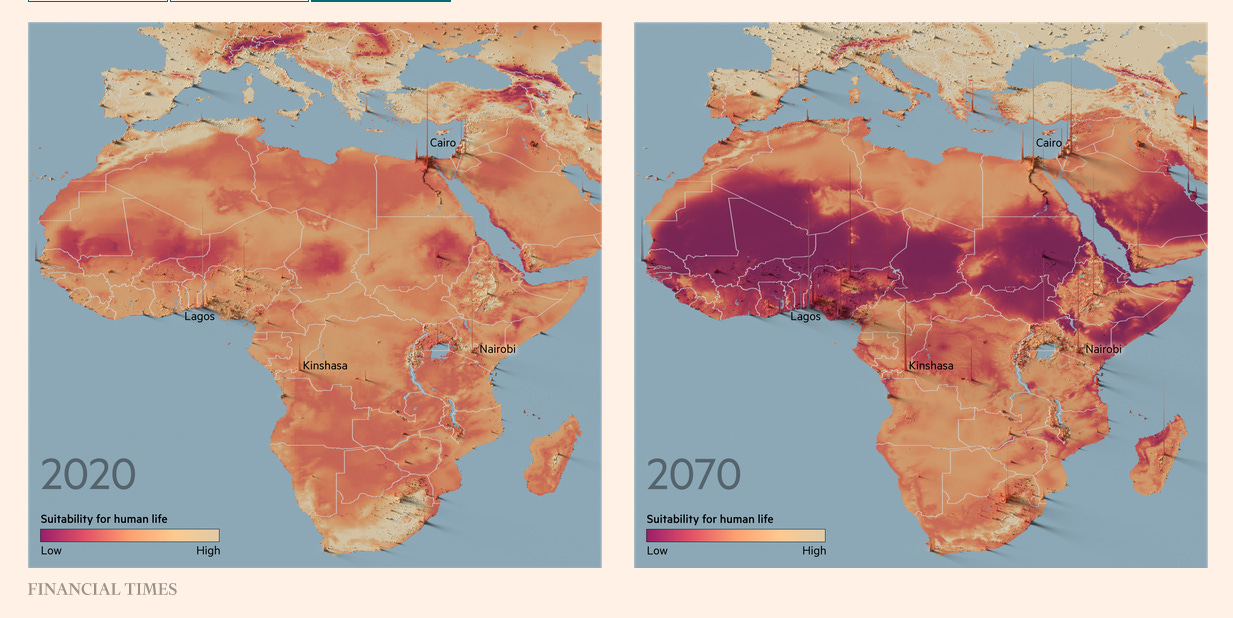Your COP26 Cheat Sheet
World Leaders are Discussing Climate Action - Who's Backing Up Their Words?
As you’ve likely seen across the news (or your social media feed), the 26th annual UN Climate Conference is currently underway in Glasgow.
On initial glance, it’s easy to be skeptical or dismissive of COP — it’s historically been a forum for empty promises and insufficient action. But the reality remains that we need more decisive and comprehensive government action to decarbonize, and many world leaders are in fact ramping up their aspirations and action plans.
From a global perspective, COP26 is the most important climate meeting since the 2015 Paris agreement — so what are the key outcomes and learnings?
Let’s break it down:
We’ve heard a fair bit of climate rhetoric recently from the leaders of the world’s five largest economies (US, China, Japan, Germany, and the United Kingdom), but what about the sixth, India? India, the second largest country by population and third largest polluter behind the US and China is a critical player in the global carbon emissions mix.
At COP26, Indian Prime Minister Narendra Modi announced India will go net zero by 2070. This is later then China’s 2060 commitment, and a lot later (generally) then the science indicates India should be phasing out emissions, but it’s a directional positive and the first sign of national climate messaging from India on the global stage.
Modi’s 2070 target is also not a full pushing the problem down the road. The Prime Minister committed to increasing India’s 2030 carbon targets, aiming to produce half the country’s electricity from renewable energy by 2030. India has very rich solar resources, so the photovoltaic (PV) sector should continue to boom.
A second COP26 directional win is the new global deforestation pledge signed by 100 world leaders, aimed at reversing deforestation by 2030. Importantly, Brazil was among the countries committed to the pledge, suggesting more conservation support for the Amazon rainforest. A $1.5 billion fund will also be established to protect the world's second largest tropical rainforest in the Congo Basin.
Overall, the pledge allocates $19 billion of public and private funds to reform and transition agricultural practices that destroy forests, defund deforestation initiatives and industries, and promote conservation, wildlife protection, and reforestation.
The pledge needs to see real follow-through action, but it’s an encouraging start.
The other substantive pledge to emerge from COP26 is an 80-country pledge to reduce methane emissions by 30% by 2030. Methane, the most potent greenhouse gas emission (scientists estimate it’s 80 times more harmful than CO2 in the atmosphere), is a major contributor to the climate crisis. While (yet again), the targets set by the methane pledge won’t prevent us from reaching or passing a catastrophic 1.5° C mean global warming, it in effect “buys the world a few years” if it’s fully actioned and achieved.
The big problem though — as we expected from the outset — is COP26 represents a series of incremental positives that, in sum, add up to insufficient change. We’re delaying outcomes, not committing to curing the disease.
In the U.S., the major climate action components of the Build Back Better plan have been sabotaged by Senator Joe Manchin. China isn’t signaling any further aspirations or clarity on its 2060 plan. And within the G-20 there’s still no clear, comprehensive climate targets outside of the EU.
As the science already indicates, 1.5° C mean global warming isn’t a good outcome for hundreds of millions of people living in poverty, near the equator, or near a coastline. Coming out of COP26, global emissions under current policies are projected by Climate Action Tracker to take us to 2.7° - 3.1° C of warming — double the threshold target of the Paris Agreement. At that rate, by 2070, scientists suggest nearly 3 billion people will have to get by — or relocate, if possible — against “unlivable” weather conditions.
It’s frustrating to still see so much incrementalism in 2021, but that won’t change until democratic nations elect better leadership and other leaders can no longer delay the consequences of inaction.
COP26 isn’t a time for pessimism, but it shows the clock is ticking and we don’t have that many more COPs (or years) to reverse the trends. The time for climate action starts now, and it starts with all of us, collectively.
—
This Week in Sustainability is a weekly(ish) email from Brightest (and friends) about sustainability and climate strategy. If you’ve enjoyed this piece, please consider forwarding it to a friend or teammate. If you’re reading for the first time, we hope you enjoyed it enough to consider subscribing. If we can be helpful to you or your organization’s sustainability, ESG, or social impact journey, please be in touch.










